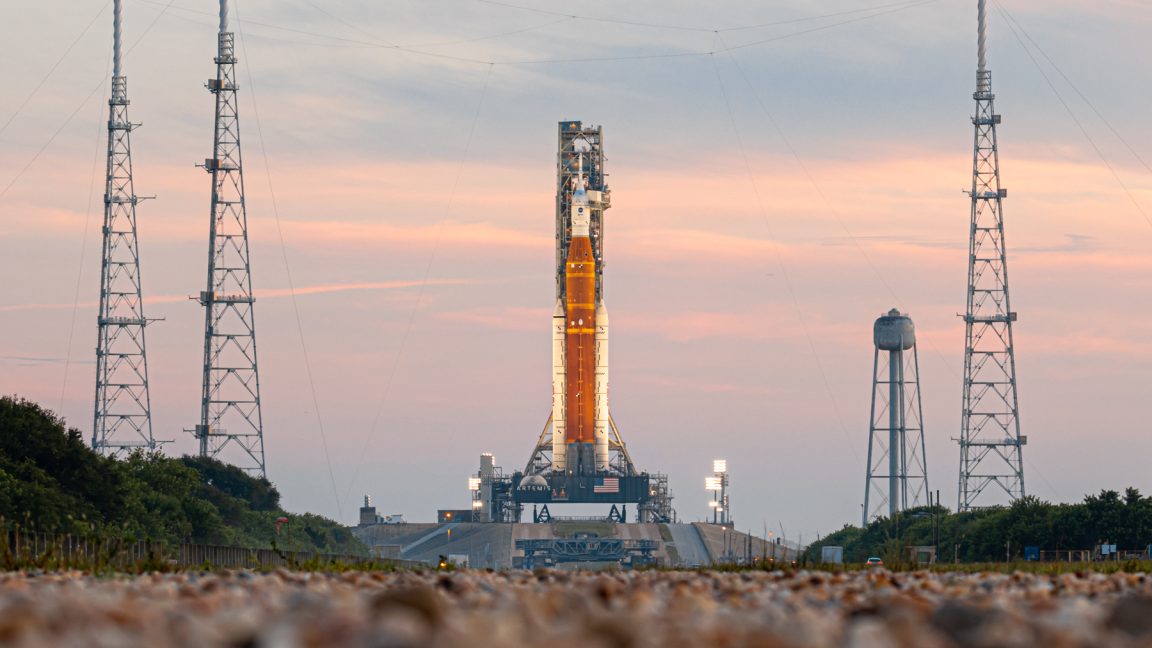Here’s the soundtrack I play in my office lately while I write. I don’t know how a collapsing glacier on Mars would sound to those stuck within, but I imagine it wouldn’t be too far from this.
The lights have gone out. The tunnels have broken and shifted around you. And these sounds constantly rumble and zing up through your feet and the thin atmosphere outside your helmet. Do you have enough air to find your way out?
My gosh, this book might be too scary for kids!


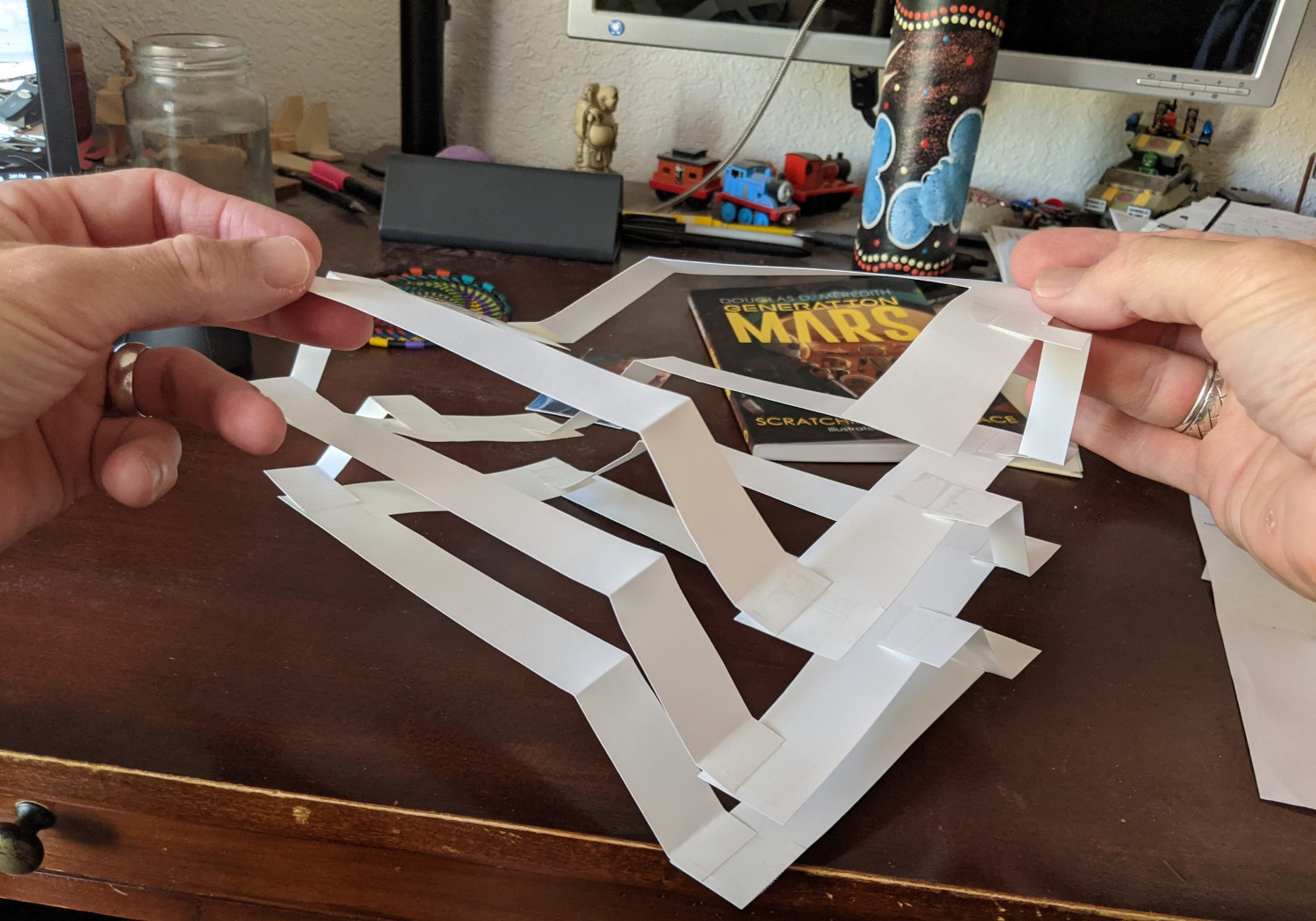
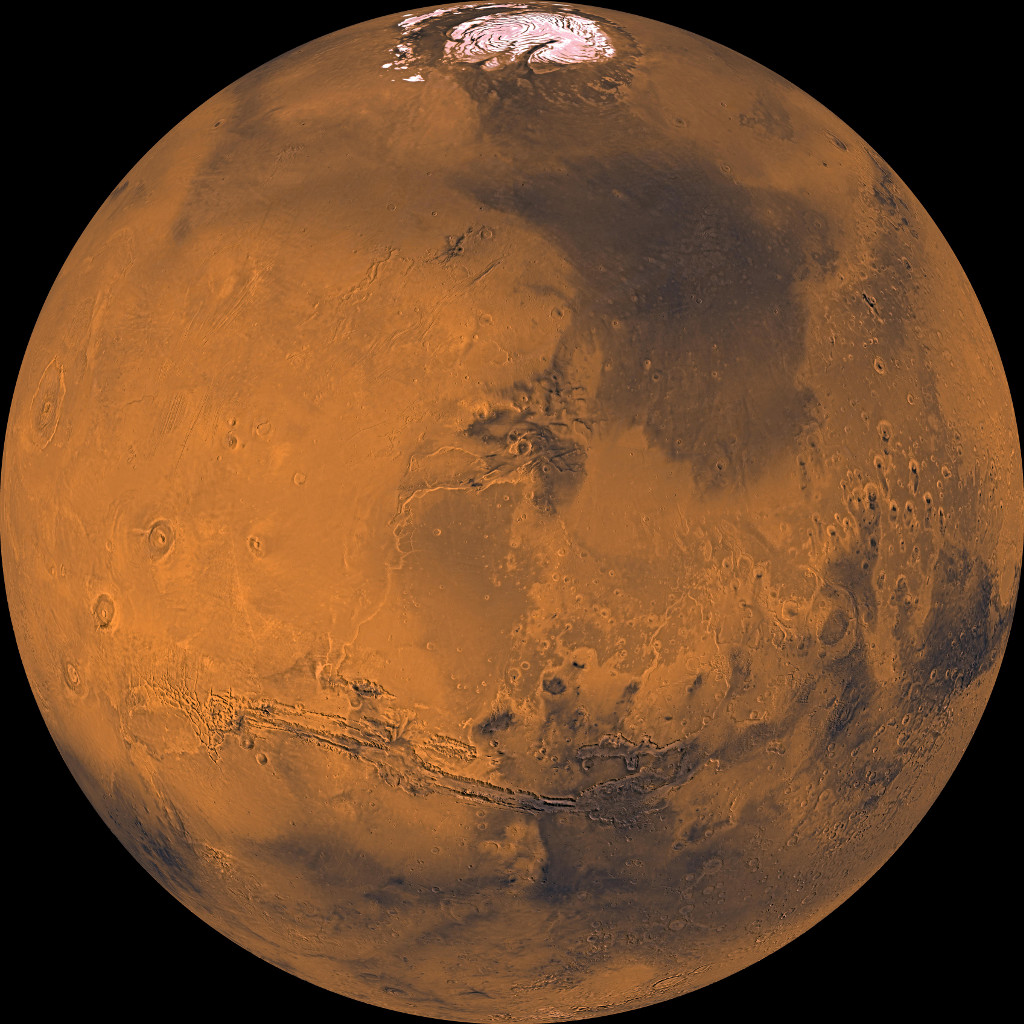
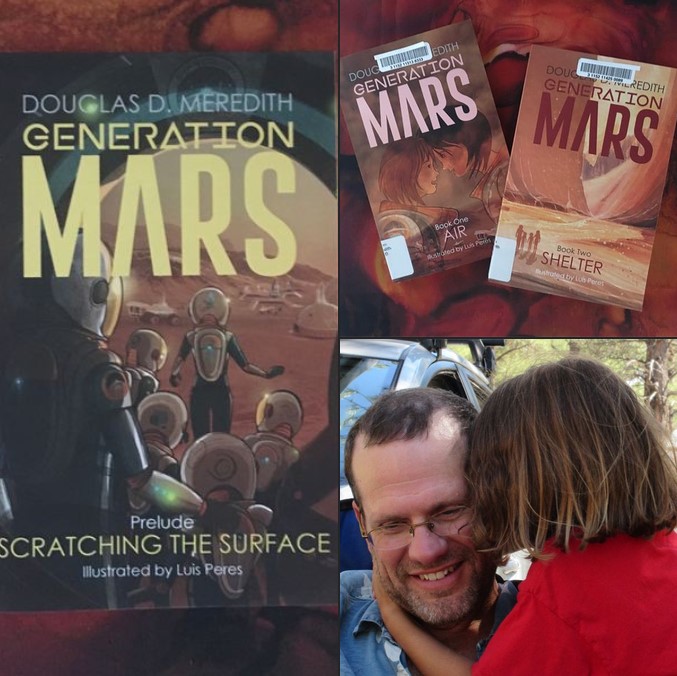
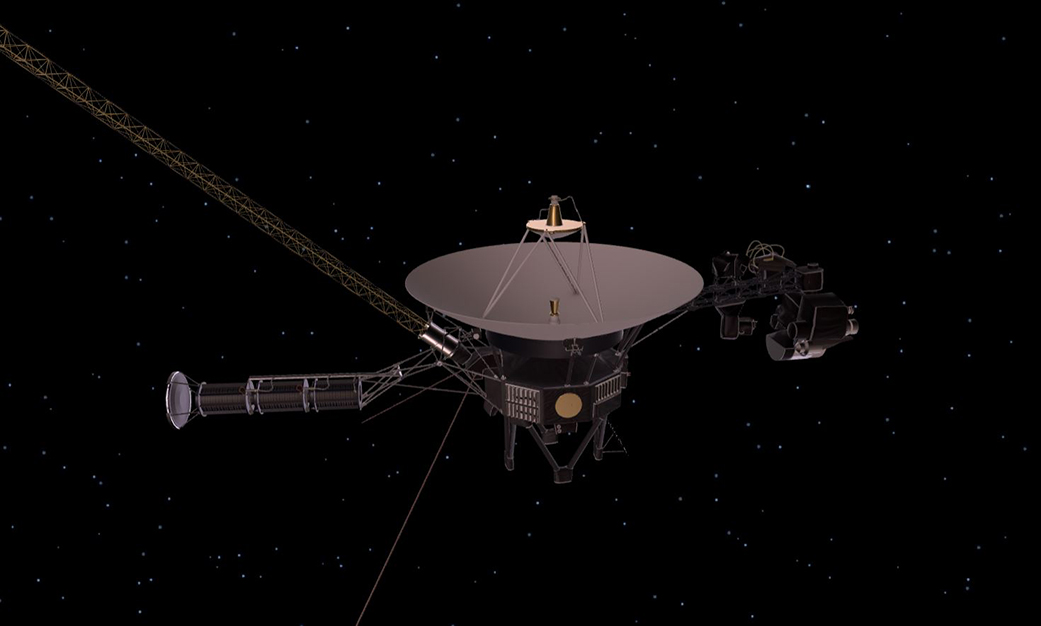
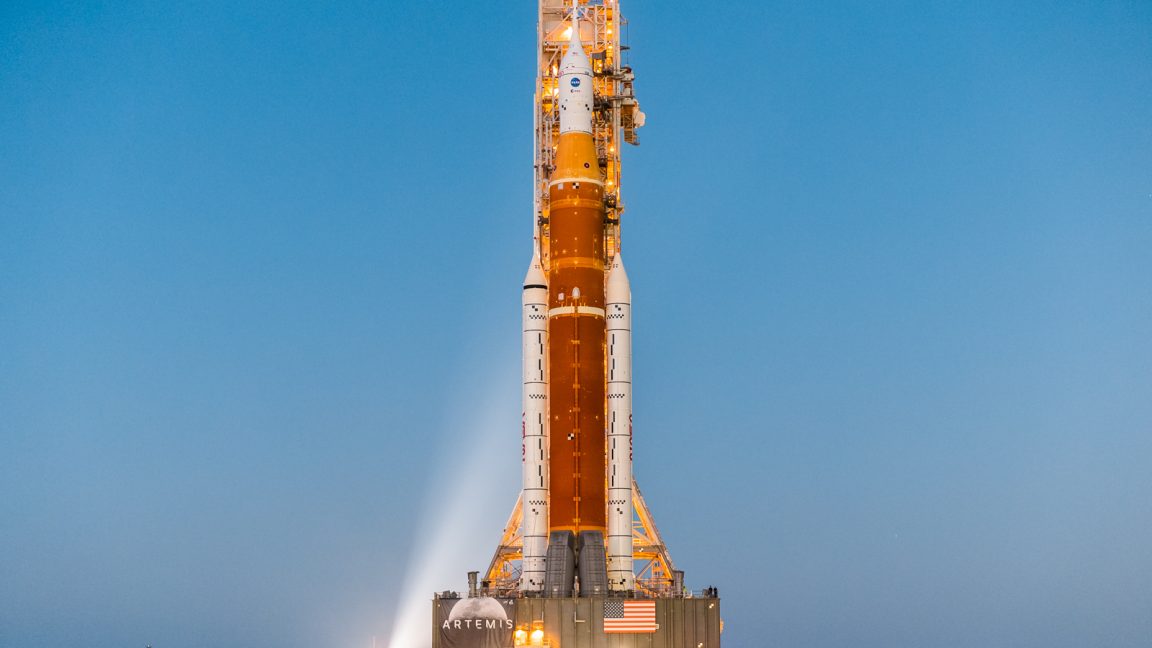
 Ars Technica
Ars Technica 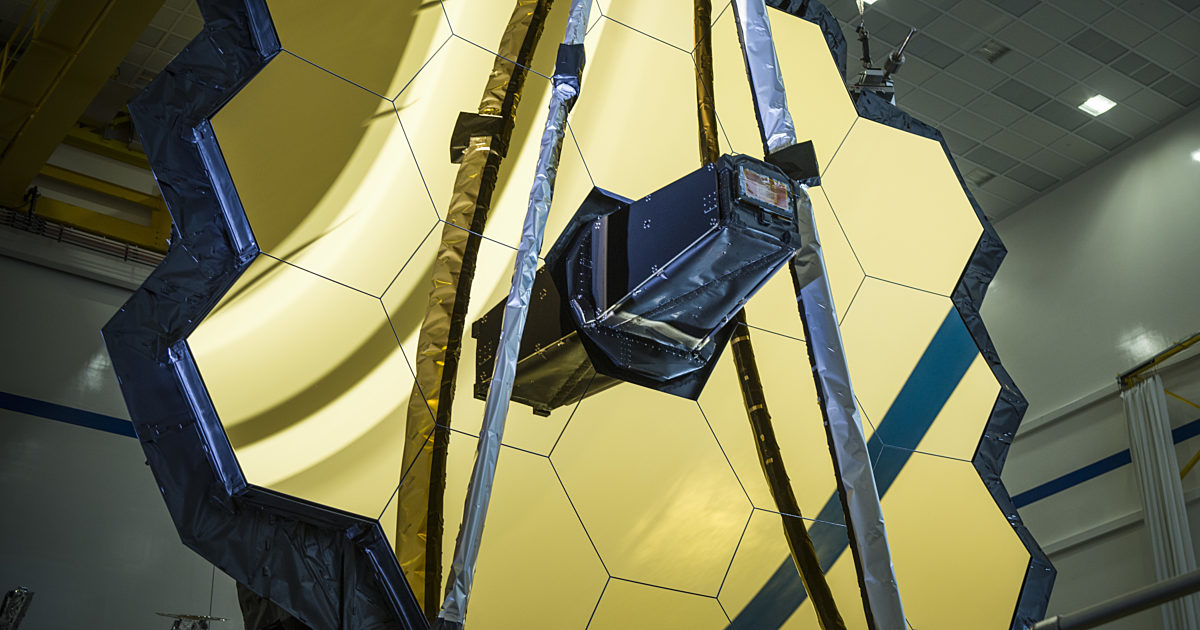
 The Planetary Society
The Planetary Society 
